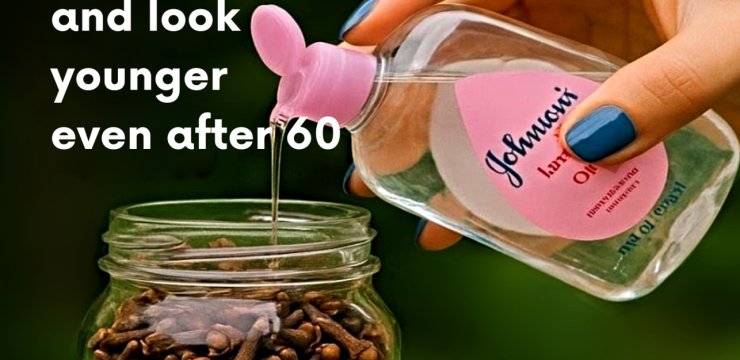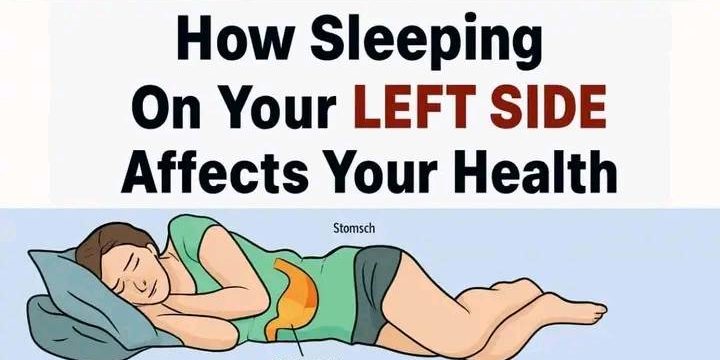Have you noticed small, white bumps popping up around your nose or other areas of your face? You’re not alone! These pesky little blemishes can be frustrating, especially when your usual skincare routine doesn’t seem to make them disappear. While they may look like pimples, they’re actually something else entirely—milia. Knowing how to identify and treat milia can make a big difference in achieving clearer skin.
So, what exactly are milia, and should you be concerned about them? Let’s dive into what causes these bumps and how you can effectively treat them.

What Are Milia?
Milia are small, white, or yellowish bumps that commonly appear on the face, particularly around the nose, cheeks, and eyes. Unlike pimples, milia aren’t caused by clogged pores or bacteria. Instead, they’re tiny cysts filled with keratin that form just beneath the skin’s surface. Essentially, these bumps occur when dead skin cells get trapped, leading to their formation.
What makes milia different from pimples or blackheads is that they don’t have an opening, which means you can’t just pop them. Standard acne treatments won’t work either, so you’ll need a different approach to get rid of them.
Should You Be Worried About Milia?
Milia are typically harmless, but that doesn’t mean they aren’t annoying. Here’s why you shouldn’t stress too much about them:
- They’re Benign and Harmless
The good news is milia are usually harmless and don’t indicate any serious health problems. For most people, they’re just a cosmetic issue rather than something to be concerned about medically. - Persistent but Not Dangerous
While they’re not harmful, milia can be stubborn. If left untreated, they can stick around for weeks, months, or even longer. The key is knowing how to treat them properly without irritating your skin. - Sometimes Linked to Health Issues
In rare cases, a sudden outbreak of milia, especially if it’s widespread, can be a sign of an underlying health condition. If this happens or you notice other symptoms like swelling or redness, it might be a good idea to see a dermatologist for further evaluation.
How Can You Remove Milia?
Even though milia are stubborn, there are several effective ways to remove them. Since they don’t respond to regular acne treatments, here are some specialized approaches you can try:
- Professional Extraction
One of the most reliable methods to remove milia is by visiting a dermatologist. Professional extraction is safe and effective because dermatologists have the right tools and expertise to remove milia without causing scars or infections.Important Tip: Never try to pop milia at home! This can lead to scarring, skin damage, or infection without the proper techniques. - Prescription Retinoids
Prescription retinoid creams can help speed up the skin’s cell turnover, which in turn helps exfoliate the skin and clear up milia over time. It’s best to consult a dermatologist before starting retinoids, as they’ll recommend the right product for your skin type. - Over-the-Counter Exfoliants
Using over-the-counter exfoliants can also help. Look for products with alpha hydroxy acids (AHAs) or beta hydroxy acids (BHAs), which gently exfoliate the skin and help prevent the buildup of dead skin cells.Tip: Consistency is key. Regular exfoliation can prevent new milia from forming and help current ones fade away. - Gentle Home Remedies
While professional treatments are more effective, some home remedies may help. Steaming your face can open up your pores, softening the bumps. After steaming, gently exfoliate with a soft washcloth or mild facial scrub.Be Cautious: Don’t overdo it! Over-exfoliating can irritate your skin and make things worse. If in doubt, it’s better to stick to professional treatments. - Avoid Heavy Creams and Oily Products
A simple way to prevent milia is by avoiding heavy creams and oily skincare products. These can trap dead skin cells, increasing the likelihood of milia. Choose non-comedogenic (won’t clog pores) products instead.
What Causes Milia?
Milia can be triggered by several factors, many related to your skincare routine or environmental conditions. Some of the most common causes include:
- Heavy or Occlusive Skincare Products: Thick creams and oils can trap dead skin cells, causing milia.
- Sun Damage: Overexposure to the sun can thicken your skin, making it harder for dead skin cells to shed properly.
- Lack of Exfoliation: If you’re not regularly exfoliating, dead skin cells can accumulate, leading to milia.
- Genetics: Some people are more prone to milia due to their genetic makeup.
Can You Prevent Milia?
While there’s no surefire way to prevent milia completely, a few simple habits can reduce your chances of developing them:
- Exfoliate Regularly: Using gentle exfoliants can help prevent the buildup of dead skin cells.
- Protect Your Skin from the Sun: Always wear sunscreen to prevent sun damage, which can lead to milia.
- Avoid Heavy Skincare Products: Stick to lightweight, non-comedogenic products to keep your pores clear.
- Stay Hydrated: Healthy skin starts from the inside, so drink plenty of water and eat a balanced diet to support overall skin health.
Conclusion: Clearer Skin is Possible
While milia can be persistent and annoying, they’re generally harmless and treatable. Whether you opt for professional extraction, over-the-counter exfoliants, or a change in your skincare routine, you can manage these small white bumps effectively. If the bumps continue or you’re unsure what’s causing them, a visit to a dermatologist is always a good idea for personalized advice.
Don’t let these tiny bumps get you down—clear, smooth skin is within reach!





